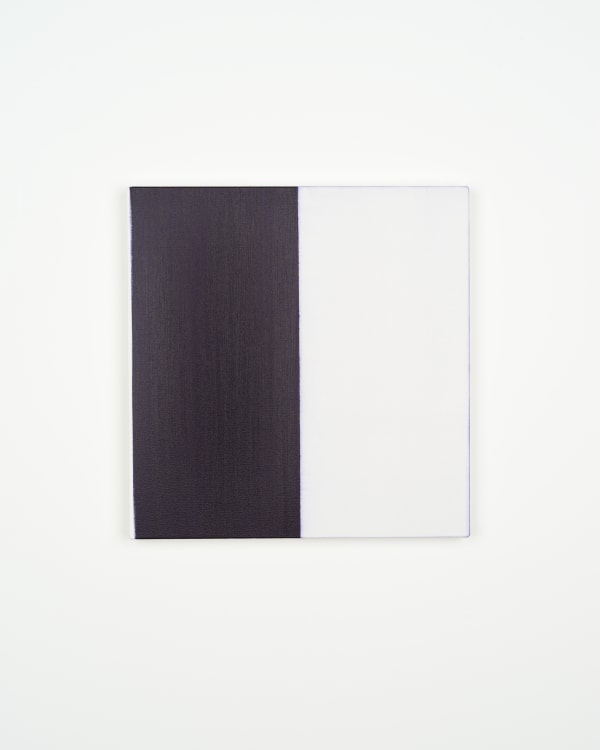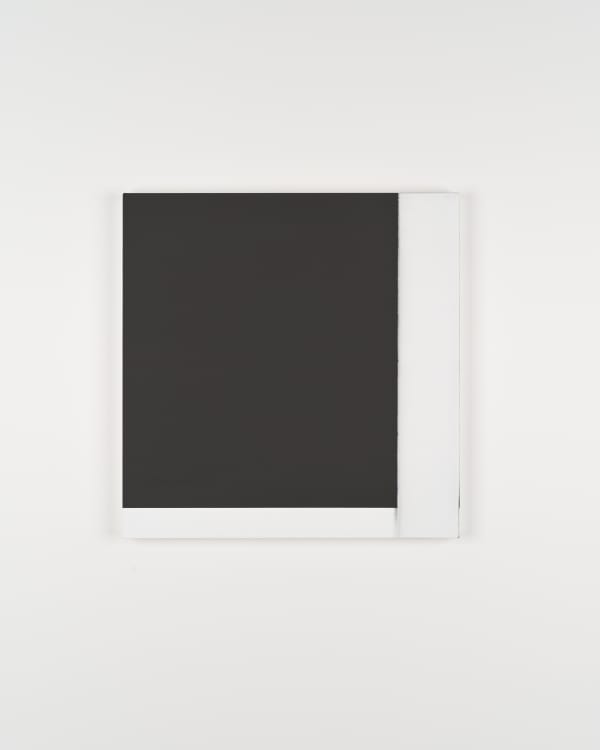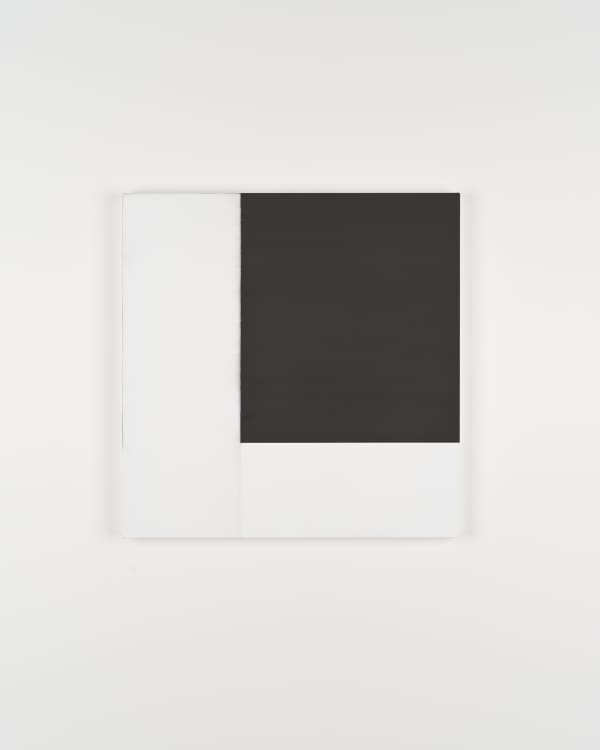Callum Innes: Alphabet
i8 Gallery is pleased to announce Alphabet, an exhibition of new paintings by Callum Innes. The show, the artist’s fourth with i8, will be on view from 17 October until 30 November.
Lingua franca
Paul Bonaventura
Lingua franca 1. a language used for communication among people of different mother tongues 2. a hybrid language containing elements from several different languages used in this way 3. any system of communication providing mutual understanding
—Collins English Dictionary
For the best part of four decades Callum Innes has dedicated himself to the creation of a new visual language, which is based on an alphabet not of letters or symbols, but of colours and forms.
We can trace the roots of this language all the way back to his image-rich paintings of the early 1980s, but it only began to emerge as a coherent mode of expression in the wake of a residency in Amsterdam, which the artist took up in 1987.
Innes used his time in the city to get out and about as much as possible, visiting galleries and artists’ studios, but he also spent many hours thinking about and reflecting on his practice. Seeking a greater directness and authenticity, he returned home to Edinburgh at the end of the residency with the seeds of a new way of working—bold, honest, pared back—which has continued to nourish his imagination ever since.
Over the years Innes has realised numerous works in this way, grouping them together in definable series, each with its own set of distinctive properties. Underpinning his entire output is a steadfast commitment to a felt, almost visceral abstraction, a palpable delight in the agility and responsiveness of paint, and a childlike joy in colour.
Callum Innes is unquestionably one of today’s supreme colourists. In order to arrive at such resonant images he is constantly reinvigorating his palette, blending pigments to generate new amalgams, new experiences. Out of this sensuous and playful approach to making come works of exceptional beauty, indelible and affecting.
The artists’s ever-expanding alphabet of colours and forms manifests itself in the current show in a number of different ways. Each of the works is named for its constituent colours and each of them has been made by applying layers of oil paint to the canvas or linen and then washing away some of those layers with turpentine; a technique that Innes refers to as ‘un-painting’.
On one side of the gallery sits a group of dark, irregular Exposed Paintings, lamp black and cobalt blue, which speak to the hard-edged, pioneering abstractions of Piet Mondrian, Kazimir Malevich and the Russian Constructivists. Facing these, light against dark, is a group of vibrant Untitled paintings that shimmer and tremble with saturated colour: magenta, medieval yellow, bright yellow lake, cadmium red middle, cadmium orange.
Hanging between these two groups is a pair of larger compositions. Untitled Lamp Black / Titanium White and Untitled Lamp Black / Magenta dominate and articulate the space. They also serve as buffers between the smaller paintings on the adjacent walls, but it would be wrong to look on these smaller pieces as somehow being in opposition. Innes rarely sees life in such glaringly black-and-white terms; for him it is all about ambiguity and nuance.
This is one of the reasons why the titles he gives to his works are never anything other than matter-of-fact. ‘I want the paintings to speak for themselves,’ he explains. ‘I don’t want to shut down any readings. I don’t want to suggest to the viewer some kind of narrative or jumping off point.’
Of key importance to every painting is the vertical axis or hinge that separates one side of the work from the other. In the Untitled series the hinge occupies a central position, dividing the composition into two halves which, importantly, are not quite equal. In the Exposed Paintings the position of the hinge tracks to the left and right, imparting structural depth and a brooding, vigorous dynamism.
It goes without saying that Innes has developed an expert relationship with oil paint, which has been honed to perfection over time, but his control of the medium always breaks down at the base of the hinge and along the painting’s edge. It is here that the medium wilfully reasserts its desire to follow its own path. And it is here that the artist’s creative process reveals itself to us in all its pleasing complexity.
Painting is an act of translation from thought into action that encourages multiple readings and these trails and veils of colour inevitably spark a curiosity about the artist’s process. In what order were the paint layers added and removed? How did Innes go about removing them? Why those colour combinations and not others?
Naturally these are valid questions—to engage in a conversation with the work we need to make sense of it on our own terms—but sometimes it’s better to stand back and appreciate the paintings just as they are, to forget about how they came about and cherish them simply as fully-formed objects, self-contained, glorious.
Good painters make work that speaks to people and generates empathy. Callum Innes is a good painter, reinventing himself in the studio on a daily basis, harnessing and fixing the energy of the brushstroke, searching for a common language, searching for wonder.
Callum Innes (b. Edinburgh, 1962) studied painting and drawing at Gray‘s School of Art in Aberdeen and Edinburgh College of Art. Following breakthrough solo exhibitions at the Scottish National Gallery of Modern Art in Edinburgh and the Institute of Contemporary Arts in London in 1992, he has gone on to show at major museums and galleries all over the world. Widely regarded as one of the most important artists of his generation, Innes was short-listed for the Turner Prize in 1995. He won the NatWest Prize for Painting in 1998 and the Jerwood Prize for Painting in 2002 and his work is included in scores of prestigious public collections, including Tate, Centre Pompidou in Paris, Kunsthaus Zürich, Solomon R. Guggenheim Museum in New York, Art Gallery of Ontario in Toronto and the National Gallery of Australia in Canberra. He lives and works in Edinburgh and Oslo.













